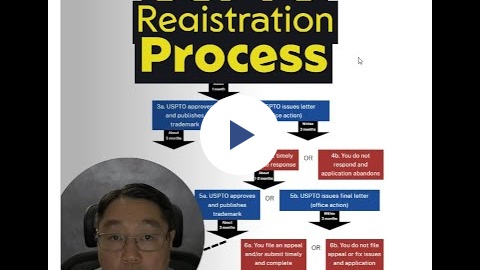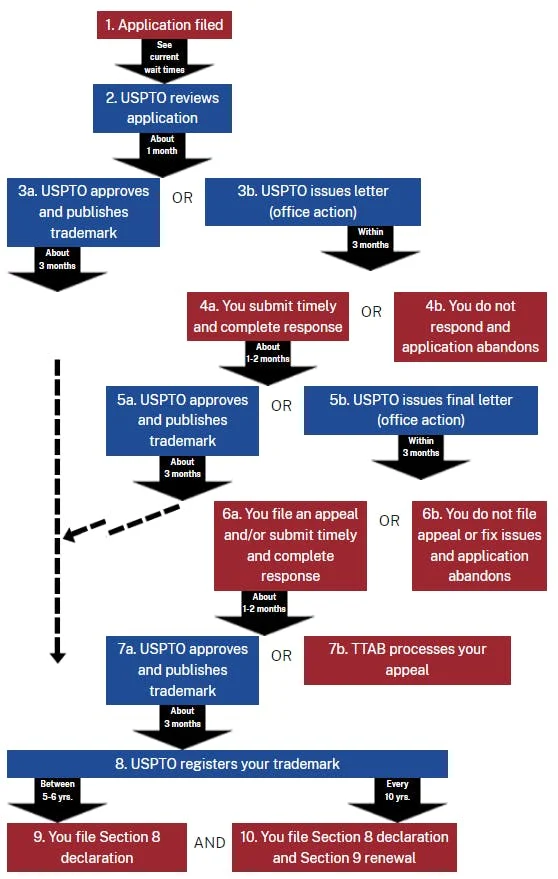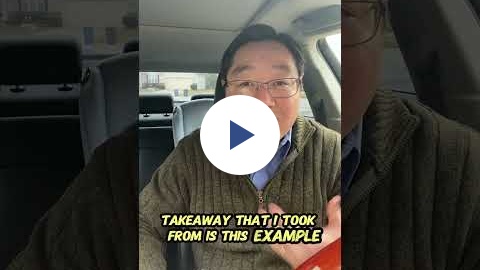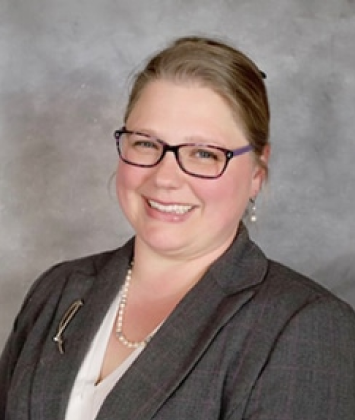Video Walkthrough: USPTO Trademark Registration Process 1A (In Use in Commerce)
Hello Reader,
Video Walkthrough USPTO Trademark Registration Process 1A
USPTO Trademark Registration Process 1A (In Use in Commerce) 

Section 1(a) timeline | USPTO Transcript:
What is the trademark registration process? I get this question quite a bit. In terms of how does the whole process with the U.S. Patent and Trademark Office work. Let's take a look. First, we're going to start with 1A, which means that it is currently in use in commerce. These are applications for people or companies that are using their trademark in commerce right now.
And therefore, they want to protect their trademark through a registration. Let's see what the process looks like. In another video, we'll talk about 1B or intent to use and the extra steps that are required for that. Let's go to the USPTO. gov site. Go to Trademarks.
Click on the Trademark page. It'll tell you the timeline to process an application. The section that we want to go to is Section 1A, which is that you are currently using your trademark in commerce with your goods and services. Click on that. We'll talk about these other ones later. 1B means simply that you have an intent to use.
It's not currently in use in commerce yet. 44D, 44E, 66A, those are all related to foreign trademark registration as a basis of your trademark registration with the U.S. Patent and Trademark Office. We'll talk about that in another video. 1A, click on that. Everything in red is what you need to do.
Everything in blue is what the USPTO will handle on their end. If you hover over these, it'll give you a detailed explanation of what these are, but I'm going to tell you through this video. Application filed. This is something you do. You file the application with the U. S. Patent and Trademark Office.
Second, they'll review it. Now, the current time frame is about eight months. The USPTO is telling applicants that it's going to take about eight months before the application will be reviewed by the U.S. Patent and Trademark Office. The USPTO reviews it. They're going to take either one of two actions.
They're going to issue an office action. If there's any outstanding issues that need to be resolved, or they're going to approve it and publish it for opposition. So that's going to take about three months and give you timeframes. This is eight months, takes about a month here, about three months to go to publication for opposition, assuming everything works, looks good and they approve it, then it goes right down to.
After the publication period finishes and there's no opposition, the USPTO will register your trademark. This is renewal four to five years later, stating that you're actually still using the mark in commerce. That is if everything goes perfectly well.
Now, assuming it doesn't, and they issue an office action, then you have to either respond to it timely. If you don't respond to a timely to your office action, your Trademark application will be abandoned. It stops right there. You did not respond, the application is abandoned, end of story.
You submit a timely response and complete the response.
The USPTO may issue you a final office action, which simply means that they're maintaining the refusal. That is the Final Action on the refusals that were issued. Now, if there is a new issue that came up, they can't issue you a final office action, that would be another non final office action.
You resolve everything it approves. It is approved for publication for opposition and then moves on to registration here. But if they issue you a final office action and you do not fix it or resolve it, then it's gone and abandoned. You either submit another response, or you file an appeal.
The appeal is to the trademark. Trials and Appeals Board. That's their appellate board. From that point, either they will approve it, or they won't.
Between the fifth year and the sixth-year anniversary of your trademark registration, you do have to file a Section 8filing stating that you're still using the mark in commerce.
Then after every 10-year anniversary of your trademark registration, you do have to file a Section 8, which still states that you're still using the mark in commerce and a Section 9, which states that you are renewing it.
That's the whole process. I know it's a little bit convoluted, but if you follow the steps on where to go and you hover over these elements, they'll tell you what the steps are.
But that's in a nutshell. I know that's not a small nutshell. That is the whole trademark process for a 1A application.
TRADEMARK LITIGATION
Facebook parent company Meta and investment firm Metacapital have settled their trademark infringement suit. Meta and investment firm Metacapital settled their trademark infringement suit BUSINESS TIPS AND TRICKS
This is Week 13 and Chapter 13 of our 20-part Atomic Habits by James Clear weekly read through! Get the book and join us every week!

Transcript: Hey, it's week 13, chapter 13. How are you guys doing? It's been fantastic. Chapter 13 says How to Stop Procrastinating by Using the Two-Minute rule. Now James Clear has this amazing rule that he mentioned in there that all, all behaviors, all habits that you want to create, you could just start in two minutes.
In fact, he gives an example of how to force yourself to only do it for two minutes. If you want to get into the habit of reading, then start reading it for two minutes, but force yourself to stop. Once you build this habit of doing reading every day for just two minutes, eventually you get to a point, well, since I'm reading this for just two minutes, I might as well read longer.
He gives another example about a fellow who went to the gym. He just put on his clothes, gym clothes, went to the gym and forced himself to just work out for five minutes. And that's it. After five minutes. He had to leave. After doing this for a couple of weeks, he said, since I'm here anyways, I might as well do it longer.
So the two minute rule, what he's mentioning here is that it, it leads into other habits. Also breaks things down into making things Very easy, Easy, Moderate, Hard, and Very hard. So you start with the very difficult stuff first, and then work backwards in terms of what your goals are. So if you want to run a marathon, that's a very hard thing to do.
But a hard thing to do is to run a 5K. A moderate thing to do is just maybe walk 10,000 steps. An easy thing to do is just walk 10 minutes. And the two minute thing that you should do at the very least is just put on your running shoes. That's it for today. We'll see you next week for week 14 and chapter 14. Have a great day!
If you would like to follow along with the series, here is our Atomic Habits by James Clear playlist:

Thank you for being a part of our community, and we look forward to helping you safeguard your brand's identity and thrive in the world of trademarks!
Warm regards,
J.J. Lee and the Trademark Lawyer Law Firm Team! PS. Be Sure to Add Us to Your Contacts 📞 To ensure that you never miss an important update or exclusive offer from us, please add our email address to your contacts. This way, you can rest assured that our newsletters will always land safely in your inbox, ready to be explored.








